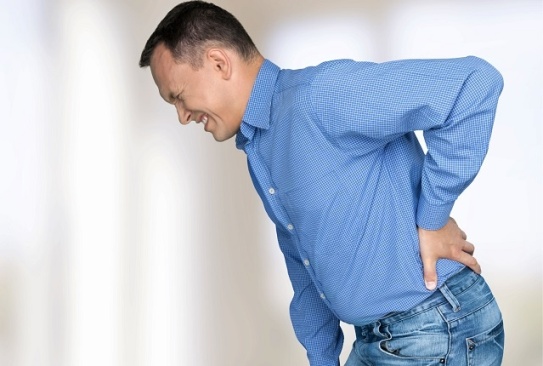How to treat chronic pain
Let me start with the disclaimer that I am not a doctor nor any type of medical professional, nor do I play one on TV. I do, however, have better than a decade and a half of experience in chronic pain as a patient. While I do know of what I speak, always, ALWAYS, talk to your doctor before trying anything of your own accord.
Chronic pain can seem like Hell-on-Earth for the people who suffer with it. It can also be draining to the people who care for and about the stricken person. A myriad of medical conditions can cause chronic pain issues, including (but certainly not limited to):
- Accidental injury
- Multiple Sclerosis (MS)
- Fibromyalgia
- Diabetic Neuropathy
- Shingles
One of the most common treatments for chronic pain is prescription medicines such as oxycodone or morphine (opioid class drugs). Likely because of ease of use (swallowing a pill) and rapid onset of relief.
Table of Contents
Addiction Vs. Abuse
It is imperative that people understand the difference between prescription drug addiction and prescription drug abuse. Although used interchangeably by many, sadly including medical professionals, there really is a vast gulf between the two conditions.
Addiction is an involuntary side effect to taking certain pain relief medications. It is a disease of the brain where certain areas of the brain physically change. The longer one is forced to stay on these vital medications the more the brain becomes dependent upon them to tell the body the pain isn’t as bad. By which I mean, the underlying condition sends electrical impulses to the brain which human beings interpret as pain. The opioids help interrupt those impulses along the nerves. Until the underlying condition is cured, the brain needs more and more help convincing the body that it does not hurt quite as much.
Abuse is a much different beast. Addiction arises either from the necessary and legitimate use of drugs or as an effect of recreational use, but it is not the same as abuse. Abuse can be characterized by several types of behaviors, including:
- Using another person’s prescription
- Using the drug in a way not prescribed (injecting, snorting or smoking)
- Buying the drug over the internet or from a street “vendor”
- Hiding use from loved ones
If you begin to notice any of these behaviors in yourself or a loved one seek professional help! If you don’t have or know a doctor many options are available like Al-Ateen: 800-352-9996 or Alcohol and Drug Abuse Helpline and Treatment: 800-234-0420.
There are other treatments available that don’t rely on pharmaceuticals to treat chronic pain. Many people use them with varying degrees of success. But, again, always discuss these with your medical provider.
Electrostimulation/Tens Units
Pain, as I said, is the brain’s interpretation of electric impulses coursing through our nervous systems. One method of preventing those impulses reaching our brains is to deliver a countering impulse into the nervous system. In this way, the electric pulse is stopped before it even gets going.
There are two types of units. One is external, which uses a control box, cables and conductive pads to provide the correct frequency and strength counter-impulse for short or mid-term pain relief. The other is an internal device implanted by a surgeon that is hardwired into the nervous system and supplies the counter-impulse as needed.
Homeopathic Remedies
Long before the advent of today’s pharmaceuticals, people got sick or injured and needed relief. One couldn’t just run down to the corner drugstore and get a prescription filled. They would head over to the local Hedgewitch or apothecary for some sort of herbal remedy. These places still exist today, perhaps not under these terminologies but they are there to call upon. After all, many of today’s medicines are based on effects produced by plants and herbs.
Acupuncture/Acupressure
Modern medicine does not have a monopoly on treating pain. Not by a long shot. The Far East has had non-drug practitioners of pain relief for millennia now. As I understand it, through a physical intervention using a needle or external pressure, a skilled person can block the pain impulses of the nervous system for extended periods of time.
Whatever the source of chronic pain, there are different avenues of relief available to the patient. Pharmaceuticals are not the boogeyman hiding in the closet, contrary to what some outlets want us to believe. They do have dangers, yes. But when taken correctly, they are a great boon to many chronic pain sufferers. Just know that there are other options available for those who either want or need an alternative.
